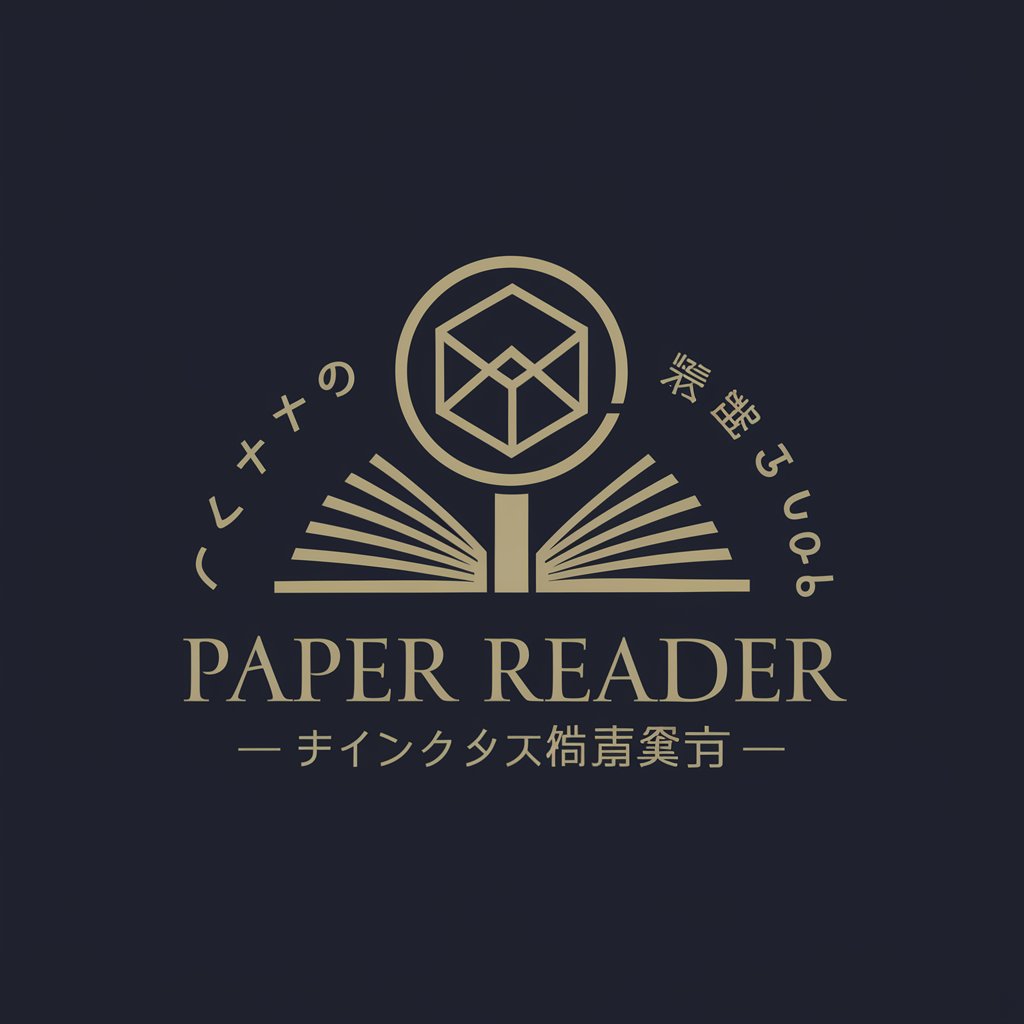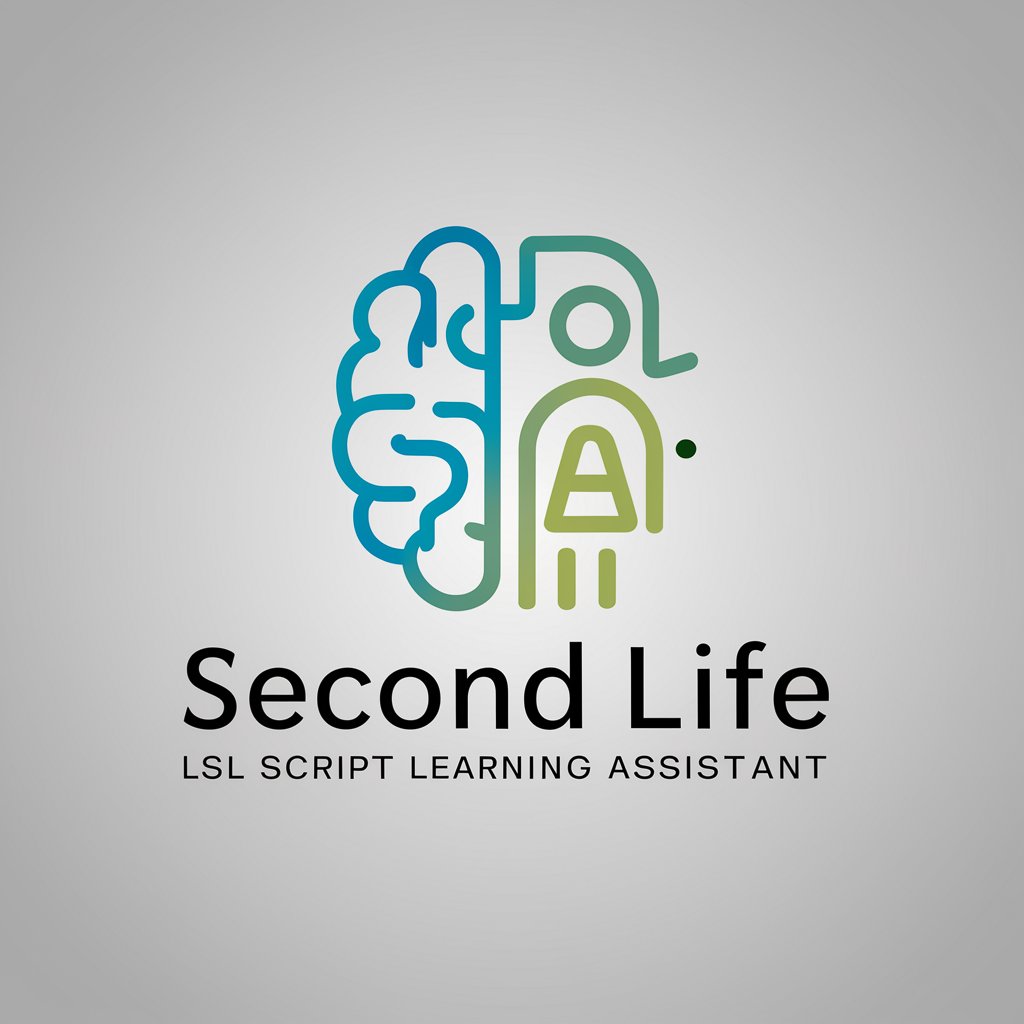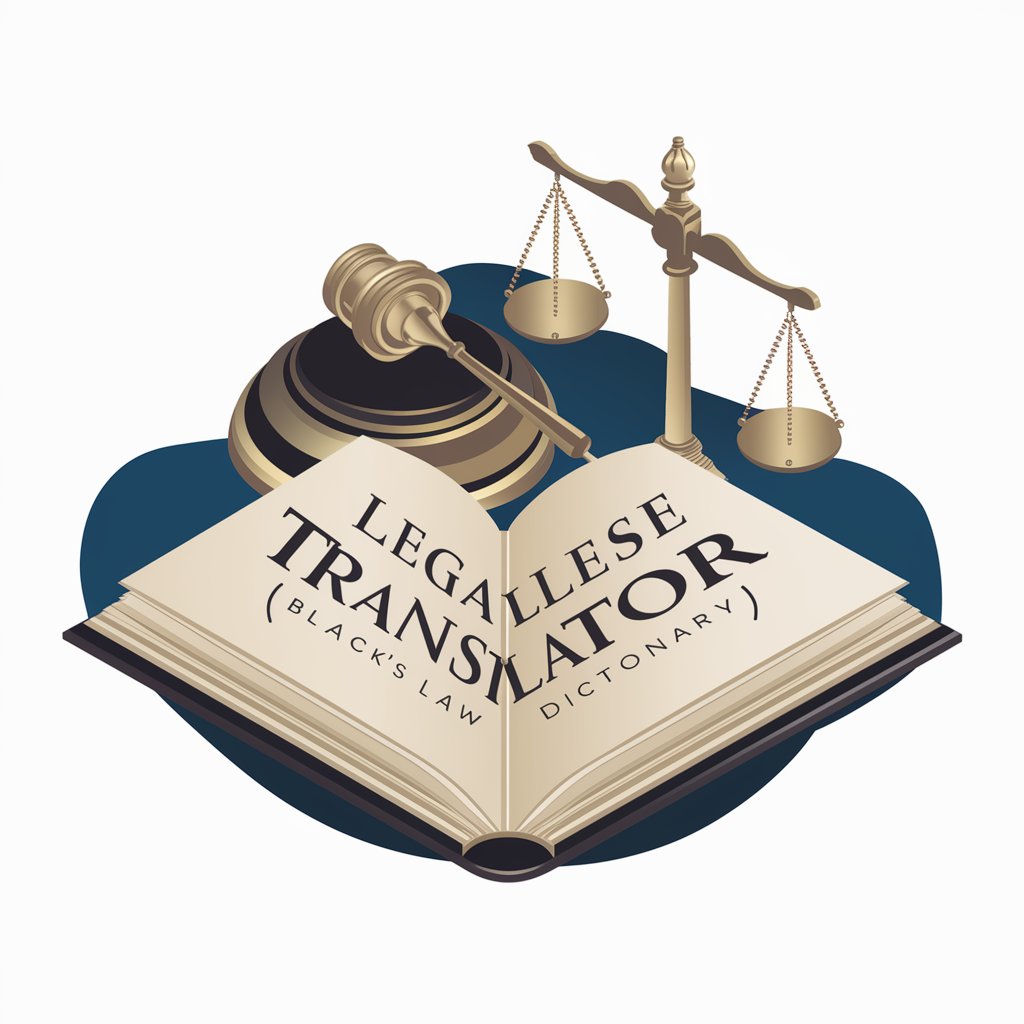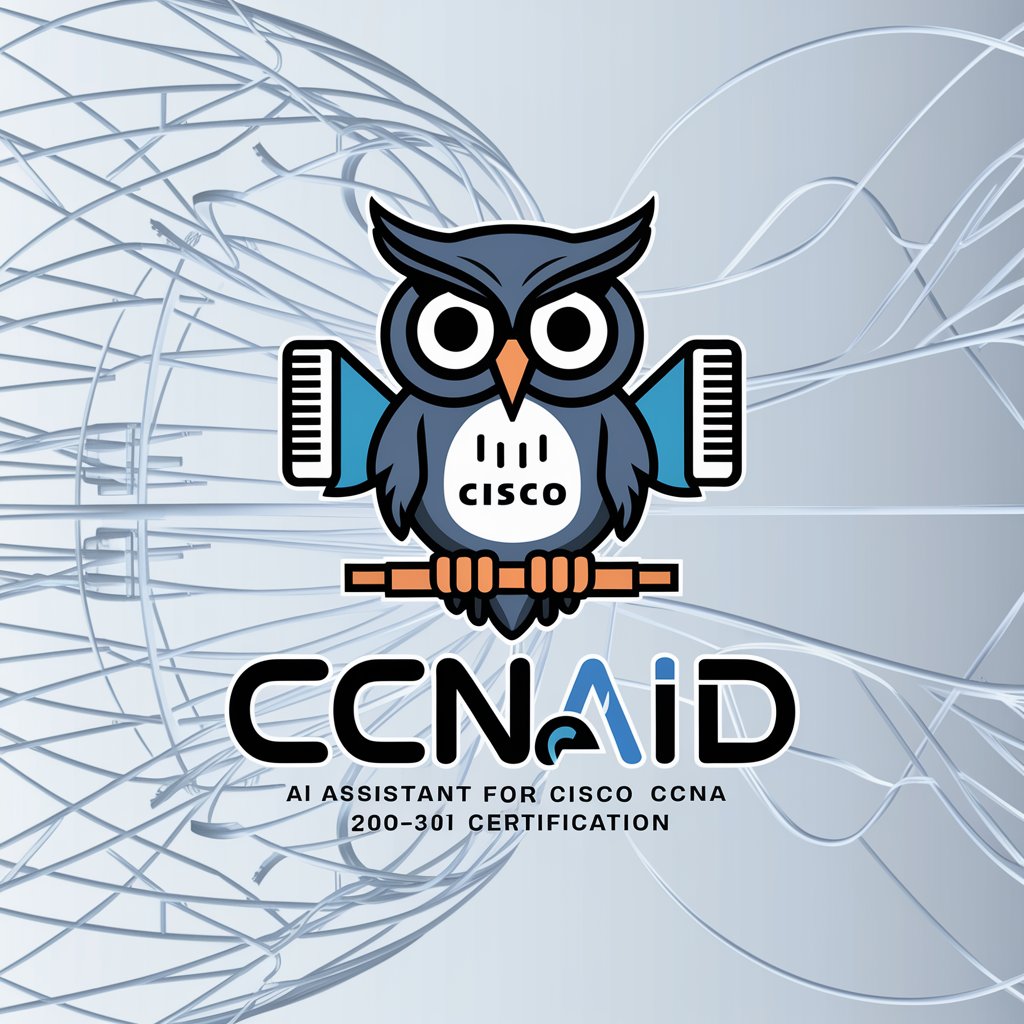Paper Reader (にほんご) - Academic Summarization Tool

こんにちは!学術論文の要約をお手伝いします。
Simplifying academic literature with AI.
Summarize the main points of the paper titled
What are the key contributions of the study
Explain the methodologies used in
Discuss the evaluation metrics found in
Get Embed Code
Introduction to Paper Reader (にほんご)
Paper Reader (にほんご) is designed to facilitate the understanding of academic papers by providing summaries in Japanese. Its primary purpose is to bridge the language and complexity gap often encountered in academic literature. By breaking down complex research findings into more digestible summaries, it aims to make scholarly content more accessible to a broader audience. An example scenario would be a Japanese researcher who has come across an important English-language paper in their field but struggles with language barriers or the dense academic jargon. Paper Reader (にほんご) would take this paper and provide a structured summary in Japanese, covering key points, methodologies, challenges addressed, and the significance of the research findings. Powered by ChatGPT-4o。

Main Functions of Paper Reader (にほんご)
Summarization in Japanese
Example
A complex paper on artificial intelligence is summarized into key points, methodologies, and findings in Japanese, making it easier for Japanese-speaking researchers to grasp the paper's essence without delving into technical English jargon.
Scenario
A Japanese academic is preparing for a lecture and uses Paper Reader to quickly understand the latest research in AI to incorporate it into their teaching materials.
Comparison with Previous Research
Example
It highlights how the current study advances beyond prior work, offering insights into the novelty and relevance of the research.
Scenario
A doctoral student uses Paper Reader to compare their thesis work with existing literature, helping them position their research within the broader academic discourse.
Identification of Remaining Challenges and Discussion
Example
After summarizing a paper, it outlines unanswered questions and potential areas for future research, guiding readers on where the field is heading.
Scenario
A research group uses Paper Reader to identify gaps in the current study, aiding in the formulation of their next research proposal.
Ideal Users of Paper Reader (にほんご) Services
Academic Researchers
Japanese-speaking scholars who frequently engage with international research papers but face challenges due to language barriers. They benefit from accessible summaries to stay abreast of global developments in their fields.
Students
Undergraduate and graduate students in Japan who are conducting literature reviews and need to understand a wide array of research findings quickly and efficiently. Paper Reader helps them grasp complex concepts and research trends without the linguistic struggle.
Professionals
Industry professionals who need to keep up with academic advancements to apply them in practical settings. They use Paper Reader to translate academic insights into actionable business or technological strategies.

How to Use Paper Reader (にほんご)
1
Visit yeschat.ai for a complimentary trial, no sign-in or ChatGPT Plus subscription required.
2
Upload a PDF of the academic paper you're interested in or share its URL if available online.
3
Specify any particular aspect of the paper you're interested in, such as its methodology, findings, or how it compares to prior work.
4
Review the generated summary, which includes key points, methodology, comparison with prior research, and unresolved questions.
5
Use the summary as a basis for deeper exploration or clarification by asking follow-up questions or requesting elaboration on complex points.
Try other advanced and practical GPTs
Moving Lyrics
Discover Rush's Lyrical Genius

Senior Engineer
Empower your code with AI

Second Life LSL スクリプト 学習アシスタント
Empower your scripting with AI-driven insights.

Artistic Prompt Crafter
Crafting Hyperrealistic Artistic Prompts with AI

Soul Dance
Elevate your spiritual journey with AI-powered wisdom.

Blacks Law Bot
Deciphering Legal Jargon with AI

Cream Quantum Neutronal GPT
Crafting the Future of Luxury Skincare

ridiculoustrial_berufsfake
Navigate your career path with AI

Product Analytics GPT
Unlock insights with AI-powered analytics

DEF Coach
Empower Your Discipline with AI

Dream Oracle
Unlock the secrets of your dreams with AI-powered astrology and numerology.

CCNAid
Master Networking with AI

Detailed Q&A on Paper Reader (にほんご)
What types of documents can Paper Reader (にほんご) analyze?
Paper Reader can analyze academic papers, research articles, and scholarly publications, provided they are in PDF format or accessible online via URL.
Can Paper Reader (にほんご) compare multiple documents?
While Paper Reader is primarily designed for analyzing individual documents, it can highlight how a single paper compares to prior work based on cited references and discuss similarities or differences in methodology and findings.
How accurate is the summary generated by Paper Reader (にほんご)?
The summary's accuracy depends on the clarity and structure of the original document. Paper Reader aims to capture essential points, methodologies, and discussions accurately, but complex or nuanced arguments may require direct user interaction for clarification.
Can Paper Reader (にほんご) help with non-English papers?
Yes, Paper Reader (にほんご) is specifically designed to process and summarize academic content in Japanese, offering detailed insights and understanding for Japanese-speaking users.
What are some tips for optimizing the use of Paper Reader (にほんご)?
For optimal use, provide clear and specific questions or areas of interest when submitting a document. Ensure the document is of high quality and well-structured, and be prepared to engage in interactive follow-up for complex topics.
